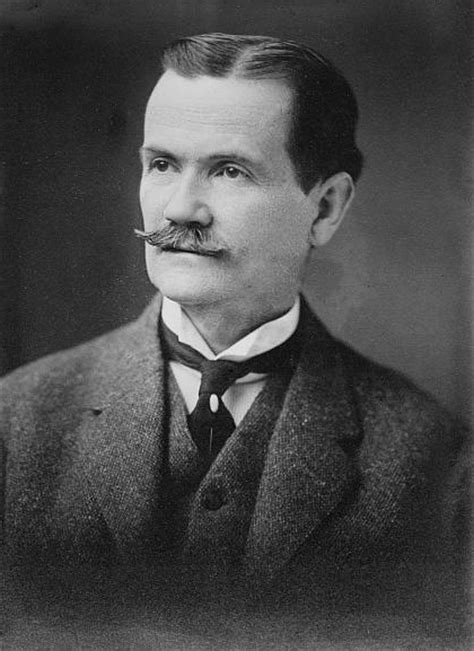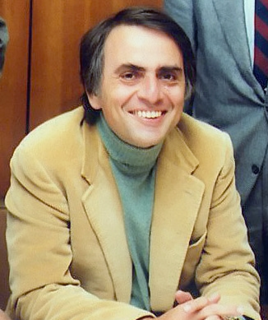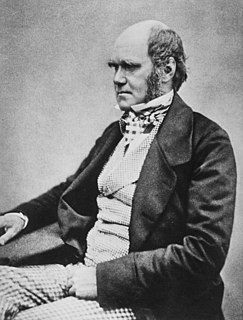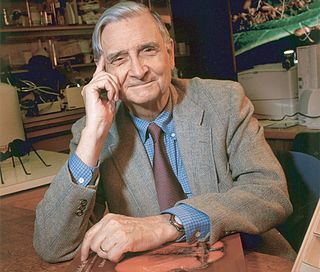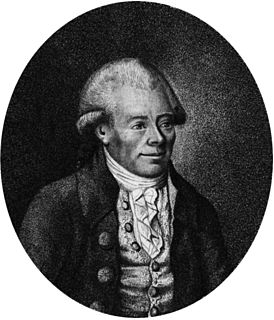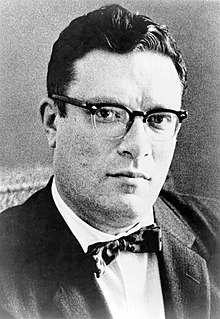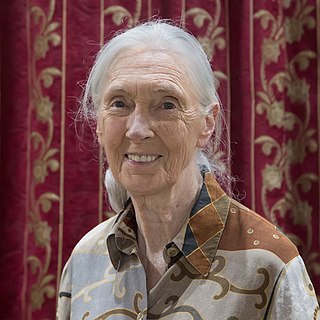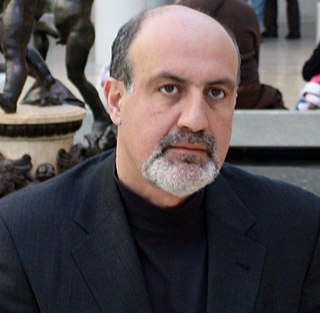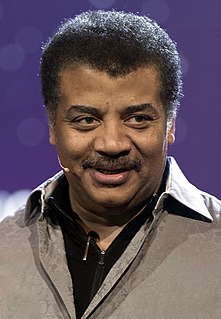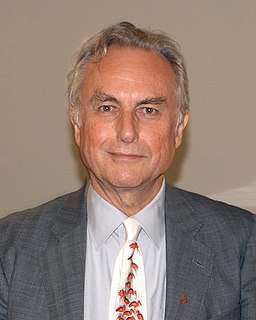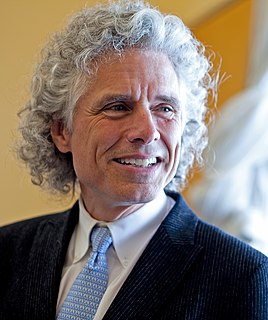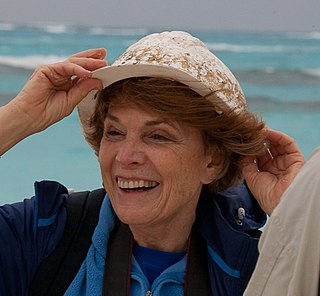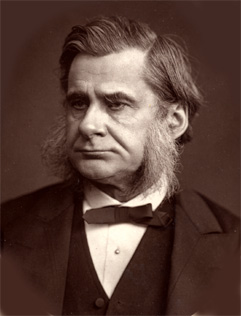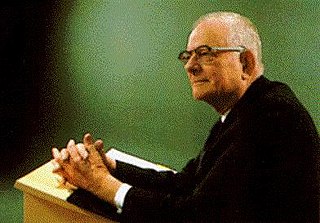Top 14 Quotes & Sayings by John Cornforth
Explore popular quotes and sayings by an Australian scientist John Cornforth.
Last updated on April 14, 2025.
Throughout my scientific career, my wife has been my most constant collaborator. Her experimental skill made major contributions to the work; she has eased for me beyond measure the difficulties of communication that accompany deafness; her encouragement and fortitude have been my strongest supports.

